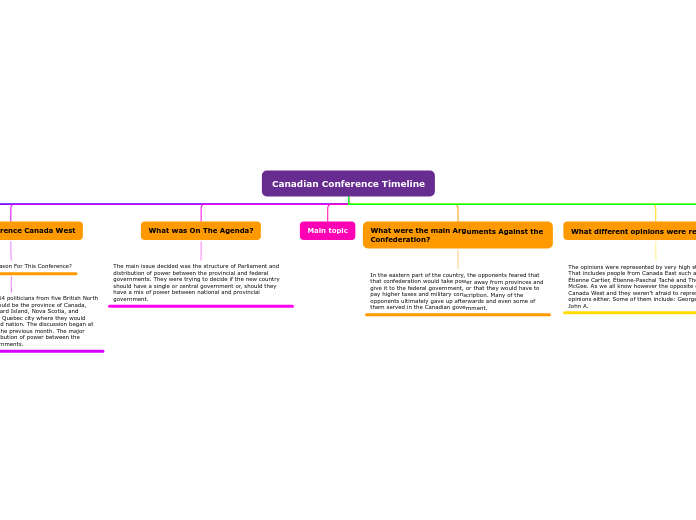von Emily Lievers Vor 3 Jahren
259
Canadian Conference Timeline

von Emily Lievers Vor 3 Jahren
259

Mehr dazu
The Charlottetown conference took place on September 1 1864. It lasted nine days. The purpose of the conference was to discuss the possibility of a union of the Maritime Provinces.